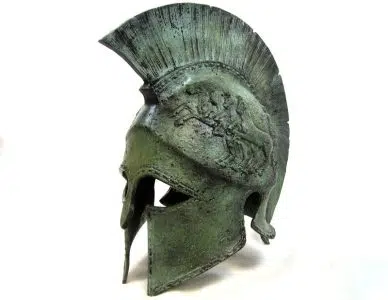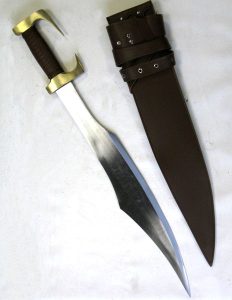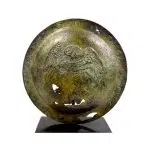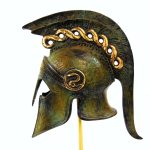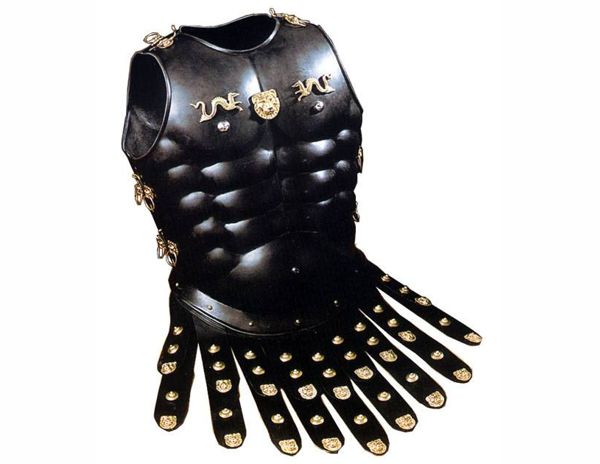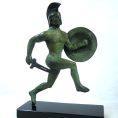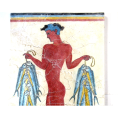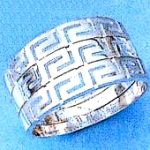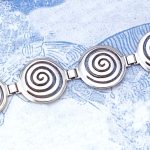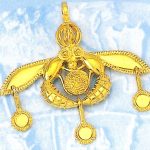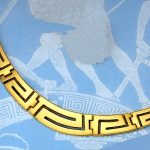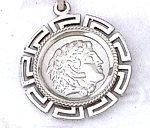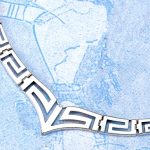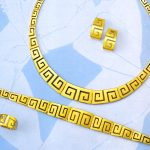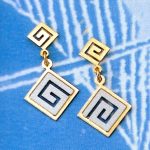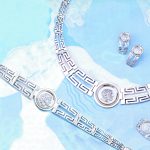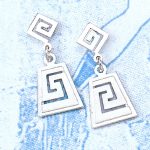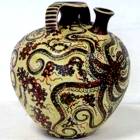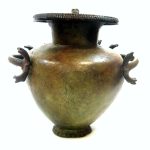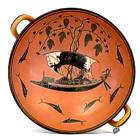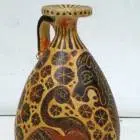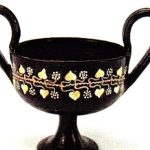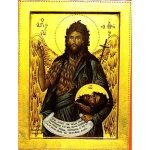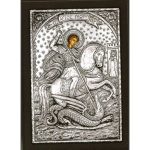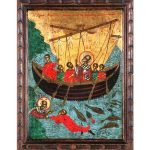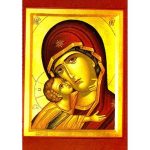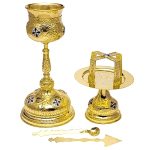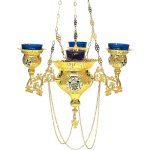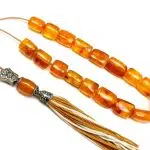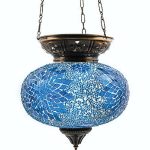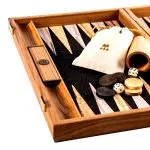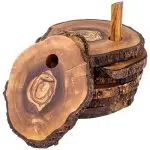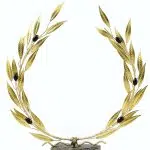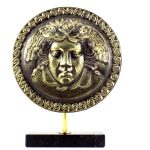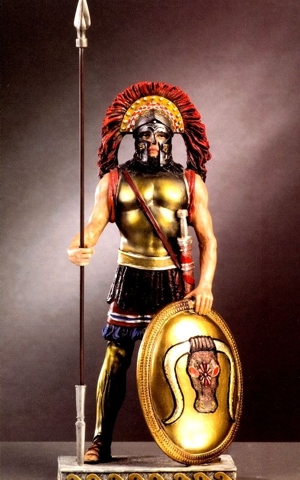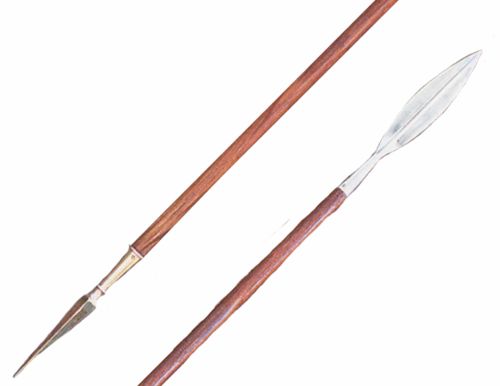Crafting Identity on the Battlefield
The battle equipment of the Greek Hoplite was not standardised, although there were doubtless trends in general designs over time, and between city-states.
Hoplites had customized greek armour, and possibly family symbols on his shield. The equipment might well be passed down in families, since it would have been expensive to manufacture.
The average farmer-peasant hoplite typically wore no armour, carrying only a greek shield, a spear, and perhaps a helmet plus a secondary weapon. A more well-to-do hoplite would have linothorax, armour composed of stitched/laminated linen fabrics that was sometimes reinforced with animal skins and/or bronze scales.
The linothorax was the most popular type armour worn by the hoplites, since it was cost-effective and provided decent protection.

The richer upper-class hoplites typically had a bronze breastplate of either the bell or muscled variety, a bronze helmet with cheekplates, as well as greaves and other armour.
The design of the helmets used varied through time. The Corinthian helmet was at first standardised and was a very successful design.
Later variants included the Chalcidian helmet, a lightened version of the Corinthian helmet, and the very simple Pilos helmet worn by the later Spartan hoplites.Hoplites carried a circular shield called an aspis (or hoplon) made from wood and covered in bronze, measuring roughly 1 metre in diameter.
This large shield was made possible partly by its shape, which allowed it to be supported on the shoulder. The revolutionary part of the shield was, in fact, the grip.Known as an Argive grip, it placed the handle at the edge of the shield, and was supported by a leather fastening (for the forearm) at the centre.
This allowed the Hoplite soldier more mobility with the shield, as well as the ability to capitalize on its offensive capabilities and better support the Phalanx. It spanned from chin to knee and was very heavy – weighing 8–15 kg (17.6–33 pounds
The richer upper-class hoplites typically had a bronze breastplate of either the bell or muscled variety, a bronze helmet with cheekplates, as well as greaves and other armour.
The design of the helmets used varied through time. The Corinthian helmet was at first standardised and was a very successful design.
Later variants included the Chalcidian helmet, a lightened version of the Corinthian helmet, and the very simple Pilos helmet worn by the later Spartan hoplites.Hoplites carried a circular shield called an aspis (or hoplon) made from wood and covered in bronze, measuring roughly 1 metre in diameter.
This large shield was made possible partly by its shape, which allowed it to be supported on the shoulder. The revolutionary part of the shield was, in fact, the grip.Known as an Argive grip, it placed the handle at the edge of the shield, and was supported by a leather fastening (for the forearm) at the centre.
This allowed the Hoplite soldier more mobility with the shield, as well as the ability to capitalize on its offensive capabilities and better support the Phalanx. It spanned from chin to knee and was very heavy – weighing 8–15 kg (17.6–33 pounds)
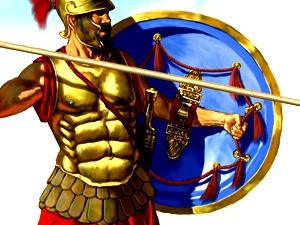
The primary weapon was a spear called a dory. Although accounts of its length vary, it is usually now believed to have been seven to nine feet long (~2.1 – ~2.7m)/
It was held one-handed, the other hand holding the hoplite’s shield.The spearhead was usually a curved leaf shape, while the rear of the spear had a spike called a sauroter (‘lizard-killer’) which was used to stand the spear in the ground (hence the name).
It was also used as a secondary weapon if the main shaft snapped, or for the rear ranks to finish off fallen opponents as the phalanx advanced over them. In addition to being used as a secondary weapon, the sauroter also doubled to balance the spear, but not for throwing purposes.
The Diverse Armor of Greek Hoplites
It is a matter of contention, among historians, whether the hoplite used the spear overarm or underarm. Held underarm, the thrusts would have been less powerful but under more control, and vice versa. It seems likely that both motions were used, depending on the situation.
If attack was called for, an overarm motion was more likely to break through an opponent’s defence. The upward thrust is more easily deflected by armour due to its lesser leverage. However, when defending, an underarm carry absorbed more shock and could be ‘couched’ under the shoulder for maximum stability.
It should also be said that an overarm motion would allow more effective combination of the aspis and doru if the shield wall had broken down, while the underarm motion would be more effective when the shield had to be interlocked with those of one’s neighbours in the battle-line.
Hoplites in the rows behind the lead would almost certainly have made overarm thrusts. The rear ranks held their spears underarm, and raised their shields upwards at increasing angles. This was an effective defence against missiles, deflecting their force.
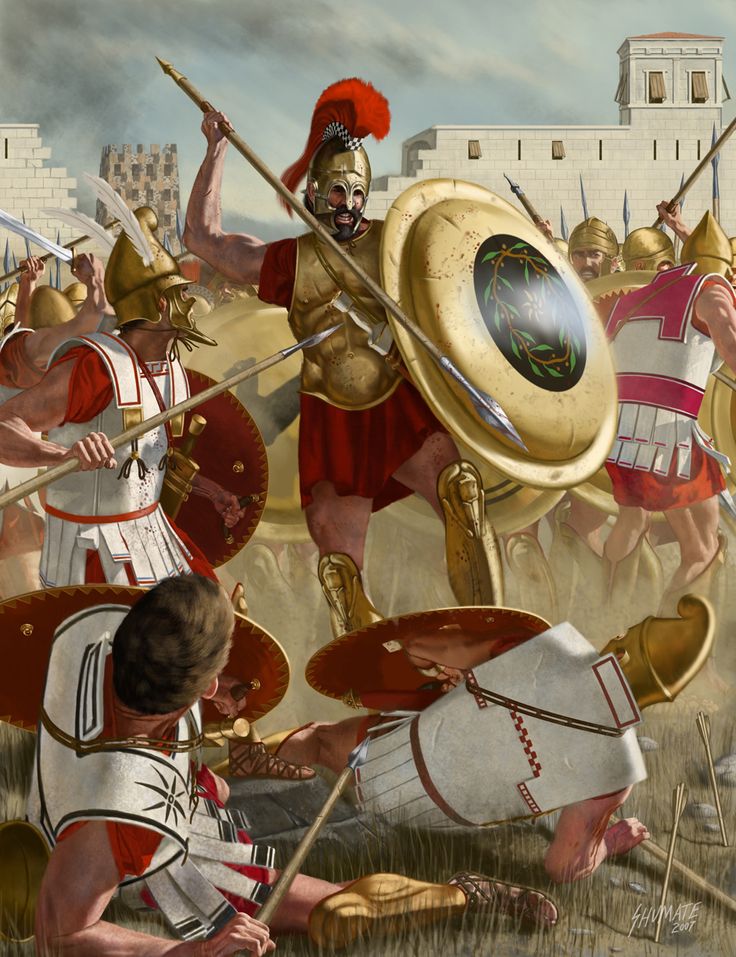
Hoplites also carried a short sword called a xiphos. The short sword was a secondary weapon, used if or when their spears were broken or lost, or if the phalanx broke rank.
The xiphos usually has a blade around 2 feet (0.61 m) long, however those used by the Spartans were often only 12–18 inches long. This very short xiphos would be very advantageous in the press that occurred when two lines of hoplites met, capable of being thrust through gaps in the shieldwall into an enemy’s unprotected groin or throat, while there was no room to swing a longer sword or use a spear.
A tactic used later by the Roman legions where the short gladius could be used to greatest effect.Such a small weapon would be particularly useful after many hoplites had started to abandon body armour during the Peloponnesian War.
Hoplites could also alternatively carry the curved kopis, a particularly vicious hacking weapon. Spartan hoplites were often depicted using a kopis, instead of the xiphos, in Athenian art, as the kopis was seen as a quintessential “bad guys” weapon in Greek eyes.
Disocver more about the greek culture from the website of the greek art shop of Hellenic Art.
Source: http://philbancients.blogspot.gr
